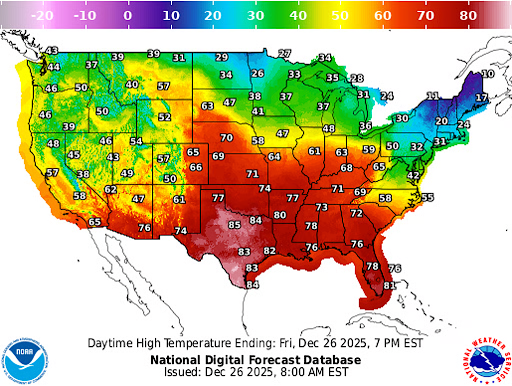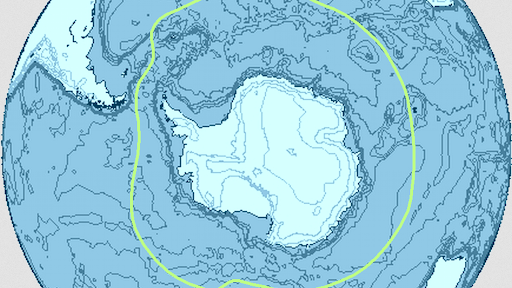



Recent research has revealed troubling changes in ocean health. According to research, more than 20% of the world's oceans have darkened in the last 20 years. This phenomenon poses significant challenges to marine ecosystems and global health.

Copyright infringement not intended
Source: India Today
A new study appears to show that more than one-fifth of the world's ocean has darkened significantly over the last two decades.
The study used satellite data and advanced modeling tools. Light absorption variations were assessed using the diffuse attenuation coefficient (Kd 490). Between 2003 and 2022, 21% of the world's oceans became darker. Particularly, 9% experienced a drop in photic zone depths greater than 50 meters.
The shrinkage of photic zones endangers marine ecosystems. Species that rely on sunlight for feeding and reproduction may encounter competition in shallower seas. This could disturb existing food webs and cause ecological changes.
Source: Indian Express
|
Practice Question: Q. Which of the following statements best explains the phenomenon of Ocean Darkening? A. It refers to the increase in ocean salinity due to excessive evaporation. B. It is the process by which deep ocean waters rise to the surface, appearing darker in color. C. It is the gradual reduction in the ocean's reflectivity and light penetration due to increased pollution and phytoplankton changes. D. It is the name given to the darkening of ocean water during undersea volcanic eruptions. Correct Answer: C. It is the gradual reduction in the ocean's reflectivity and light penetration due to increased pollution and phytoplankton changes. |






© 2026 iasgyan. All right reserved